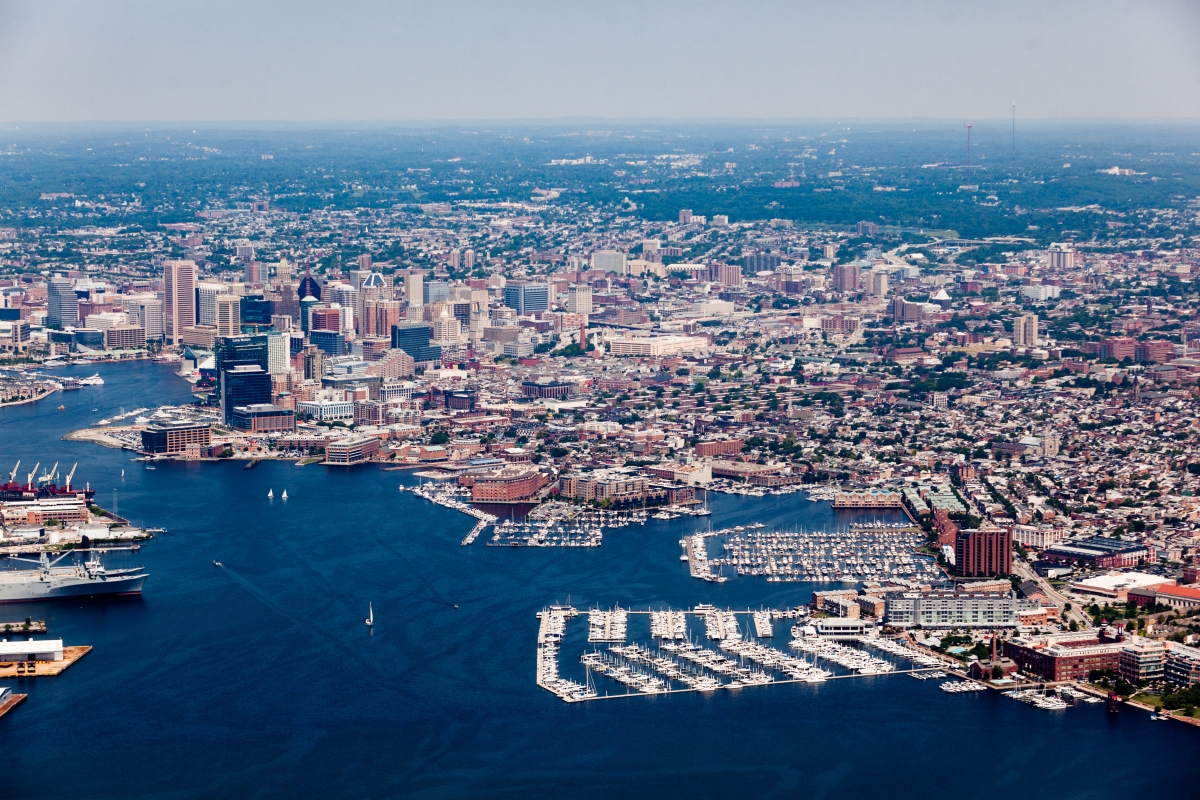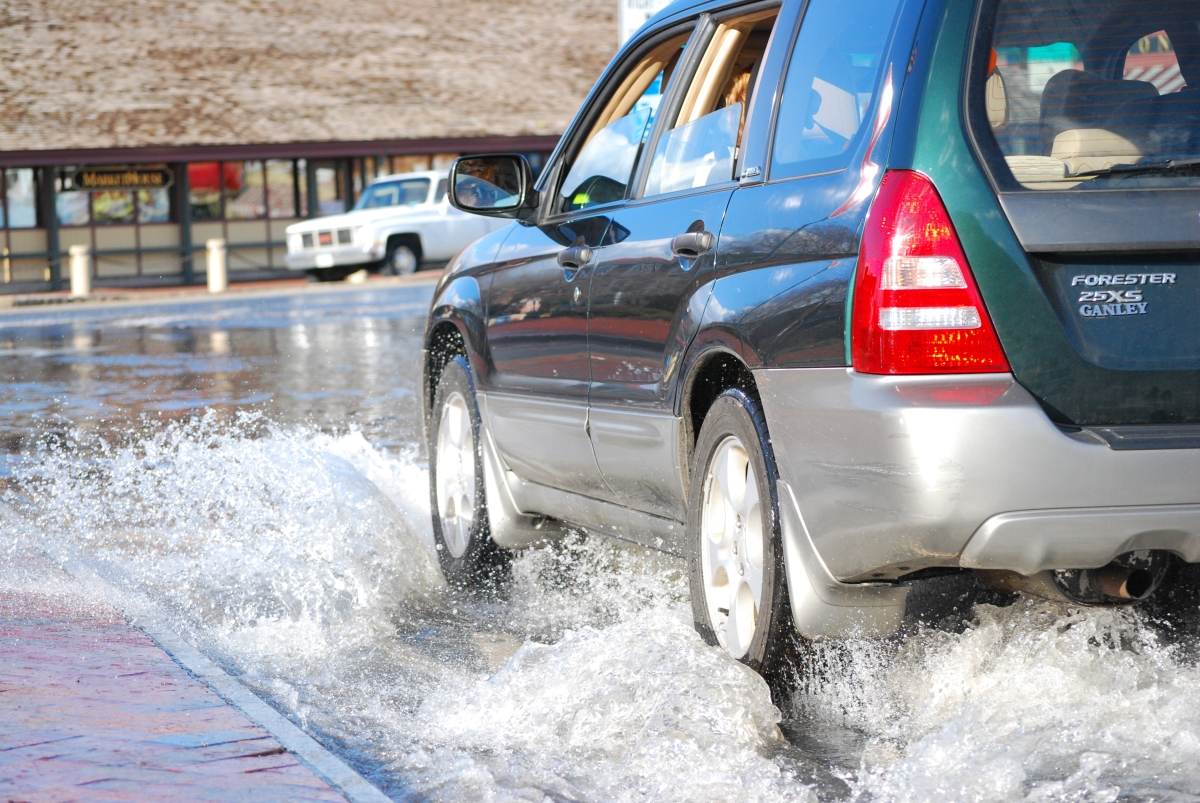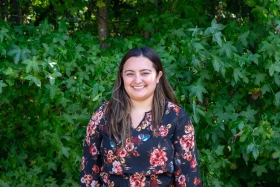Knauss legislative fellowships in Congress help build careers — and they're fun and educational. See our video and fact sheet for details.
New Project Prioritizes Hispanic Communities’ Perspectives about the Coast
There are many verbs for recreation on the water in English—jet skiing, fishing, paddle boating, paddle boarding—but in Spanish, these activities are all described by a single verb: recrear. So when it came to asking Maryland’s Hispanic communities how they interact with the coast for recreation, Maryland Sea Grant Graduate Research Assistant Paola Mejia-Gist kept the language conversational.
Her questions focused on how residents interact with the coast and on their coastal priorities. What do they want? Better access? Do they want their waterfront to be more attractive, and in what ways? Or are they dealing with negative experiences, such as flooding, that they would like to resolve?
Throughout Paola Mejia-Gist’s education, her end goal has been to use the knowledge and skills she learns to help people and communities. When she heard about an opportunity to work with Maryland Sea Grant and ecoLatinos, Inc, on a project communicating climate change to Hispanic communities in Maryland, she was interested to learn more about climate change while helping serve as a bridge to the Hispanic community. The environmental organization ecoLatinos supports nonprofit, private, and public organizations in creating meaningful, grassroots connections in these underserved communities.
“The environment and climate change really do affect the Hispanic community a lot, more than we probably realize,” Mejia-Gist said. “That’s what drew me to this project: What I can learn from it, but also, how I could be impactful to the community with what we’re trying to research.”

The project has begun with focus groups for two Hispanic communities in the Annapolis and Baltimore areas. Although the focus groups will include questions about climate change and sea level rise, the ultimate goal of these conversations is to understand how often these two Hispanic communities interact with coastal waters, and if the coast is a priority for them, Mejia-Gist explained.
Based on the conversations and insight from the focus groups, Maryland Sea Grant and ecoLatinos will be better equipped to provide information and resources—in the most useful format—for each community. Several Maryland Sea Grant staff members, including Coastal Resilience Coordinator Taryn Sudol, are contributing to the project.
“We’re really trying to go into it with a pretty clean slate,” Sudol said. “We'll be working with the community to ask: What comes next? What is the most accessible way to communicate some of the existing materials that might be useful to them? If we have our Sea Grant ideas on how we think we can help them, they still feel a step removed of what might actually resonate with the community. That's where ecoLatinos can really plug in and say what techniques would work best.”
Sudol said ecoLatinos has also given valuable insight into the recruitment for the focus groups and structure of the project from the start. Any follow-up materials or future projects will center around each community’s specific priorities, based on the feedback Mejia-Gist, Sudol, and the project team have heard from communities.

Like many coastal recreation activities, the term resilience does not have a direct translation to Spanish. Instead, Mejia-Gist plans to describe coastal resilience as the ability to go through a negative event and then be able to pick back up and move forward together as a community. Since her role in the project began a little over a year ago, Mejia-Gist said she has become more interested in the environmental impacts of climate change and how this complements her global humanities studies at Towson University.
“I’m finding that I’m a lot more interested in the environment than I thought,” she said. “I want to learn more about what in our everyday lives could potentially be affected or completely changed, or could disappear if things continue the way that they are. What I can apply not just to this project and learning what the coast means to the Hispanic community, but in general. What are some things we maybe don't even realize could be affected by climate change and sea level rise?”
Top photo: Paola Mejia-Gist poses in front of greenery. Madeleine Jepsen / MDSG
See all posts from the On the Bay blog







